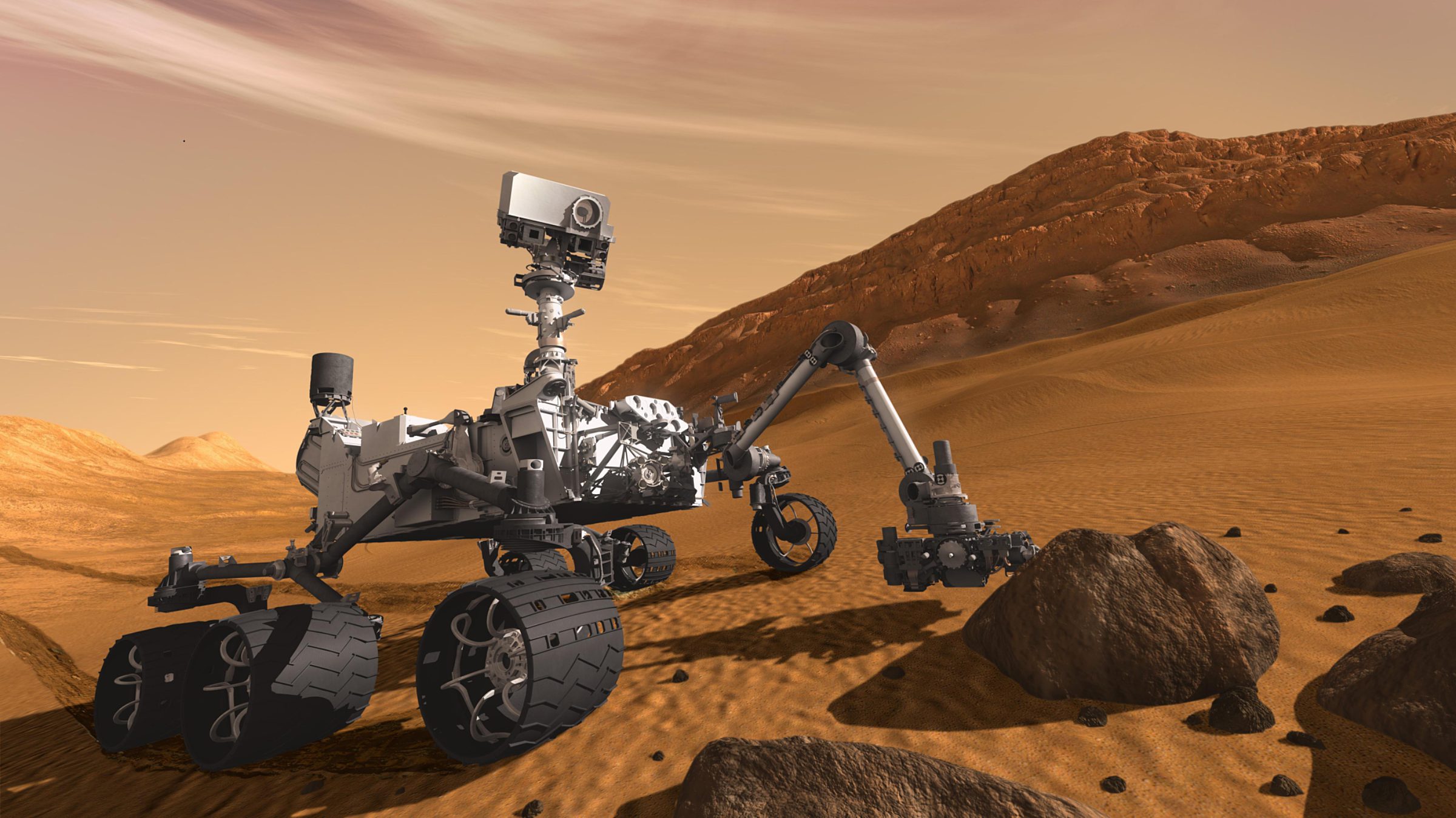Casey Dreier • Sep 03, 2014
Curiosity Rover Science Plan Slammed by NASA Review Panel
The Curiosity rover's continued mission to explore Gale Crater was singled out as "lack[ing] specific scientific questions to be answered, testable hypotheses, and proposed measurements" in a harsh report by a recent NASA review panel [download the PDF of the full report].
The report also criticized the Curiosity mission's leadership for perceived hubris, calling out Project Scientist John Grotzinger for failing to appear in person to answer the panel's inquiries. That, combined with a lack of clarity on the science goals of the extended mission, left the panel "with the impression that the team felt they were too big to fail."

Despite this assessment, the review panel recommended continued investment in Curiosity and six other planetary exploration missions. "The science value (or science per dollar) of the extended missions exceeds the science gain from any planned mission, and all have important strengths," stated the report, which went on to declare that the continued operations of existing spacecraft are "essentially new missions without the development and launch costs."
The report made a series of recommendations for ways in which Curiosity could improve its science return, including reducing its time spent driving so the team could spend more time on science operations. This would necessarily delay the rover's arrival at the upper layers of Mt. Sharp, one of the stated goals of the mission.
The other major flagship mission, Cassini, received far better marks from the panel, and they approved a three-year extended mission that would take Cassini to the end of its life. This is a strong statement of support for Cassini, which until recently had faced significant uncertainty about its future in the White House's budget requests.
Every two years, NASA convenes a panel of expert scientists to review its existing set of planetary spacecraft. This "Senior Review" provides NASA leadership with recommendations on whether the space agency should continue to pay for missions that have already met their original goals.
While the majority of costs for spacecraft are spent designing, building, and launching hardware, there is a small but significant ongoing cost to operate it. Operations include paying engineers and technicians to keep the spacecraft healthy, as well as scientists to help direct the day-to-day observations and parse the data that comes down. Missions also have the equivalent of utility bills, like paying NASA's Deep Space Network to communicate with their spacecraft.
NASA's planetary program has been so successful in the past 15 years that the number of operating missions has continued to increase, placing increasing strain on the Planetary Science Division's (PSD) budget. Right now, the PSD commits one fifth of its entire budget to operating existing missions, limiting its ability to develop new ones. The Senior Review process was instituted to provide independent, objective assessments of the science value for each mission, so NASA could make smarter decisions about which ones to keep, and which ones to turn off.
Again, the 2014 Planetary Science Senior Review recommended continuing every single mission. It provided a ranking of the cumulative science return for the cost of each mission's proposed plan for their extended missions:
| Mission | Rating |
| Cassini | Excellent |
| Lunar Reconnaissance Orbiter | Very Good/Good |
| MER Opportunity | Excellent/Very Good |
| Mars Reconnaissance Orbiter | Excellent/Very Good |
| Mars Express (U.S. contributions) | Good/Fair |
| Odyssey | Very Good/Good |
| Curiosity | Very Good/Good |
The report detailed some potential savings by "descoping" (turning off) certain instruments or simplifying operations of existing spacecraft, and provided higher rankings for Mars Express, Odyssey, Curiosity, and the Lunar Reconnaissance Orbiter assuming those recommendations were accepted.
NASA officials emphasized that the senior review was just one piece in the decision process to continue operating its spacecraft. And while there is scientific justification to continue all existing missions, it all comes down to the budget provided to the Planetary Science Division by Congress in 2015, as well as the long-term budget planning provided by the White House in 2016, as to whether this missions will actually go on.
Let’s Go Beyond The Horizon
Every success in space exploration is the result of the community of space enthusiasts, like you, who believe it is important. You can help usher in the next great era of space exploration with your gift today.
Donate Today

 Explore Worlds
Explore Worlds Find Life
Find Life Defend Earth
Defend Earth

